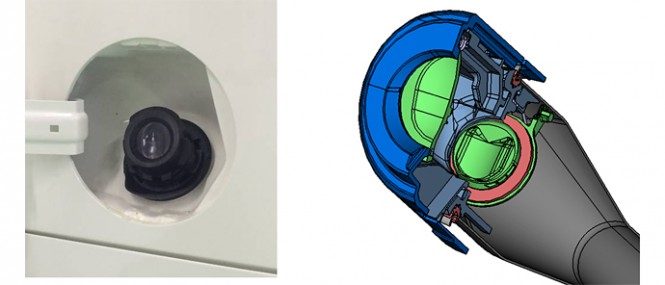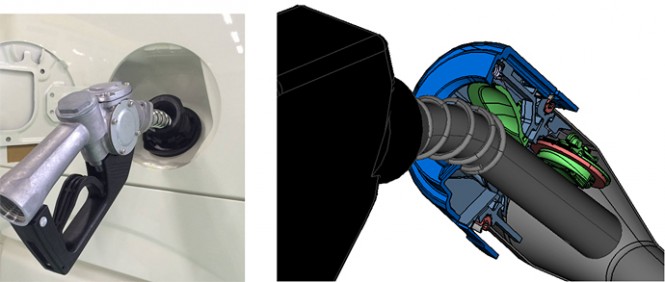Forum Discussion
otrfun
Oct 17, 2016Explorer II
ShinerBock wrote:Very fine dirt and debri flows around the fuel door while driving. Black residue tends to collect around the green base of the capless assembly in between fillups on my truck---no doubt this is dirt attracted to the minor diesel overspill during every fillup. Needless to say if collects there, what's to stop it from collecting elsewhere?Bumpyroad wrote:Easy, because the capless system is sealed but with two flaps, not just on cap. You guys keep thinking there is no seal with a capless design, but that is just not the case. Just because you can't see that second sealed flap does not mean it isn't there.
I think you think incorrectly. how on earth could a capless system be better than one with a sealed cap?
bumpy
Say you pulled up to a fuel station while there was fine snow blowing like Grit was saying. You open your fuel door and remove the cap. BOOM, you are now exposing your fuel tank to all the contaminants of the air including fine snow until you stick the nozzle in. Even then, the filler neck is a lot bigger than the pump nozzle so you are still letting stiff in as you pump.
With the capless system, when you open your fuel door the first flap is keeping the fine snow out. You slide the nozzle past the first flap and the fuel tank is still sealed by the second flap that is another 6-8 inches down into the neck. The second flap opening is only big enough for a diesel pump nozzle to fit in so as you insert the nozzle it seals up the tank while you are pumping.
Here are a few images of the basics of how the capless system works.
As far as I can tell there is no air-tight gasket on the 1st flap. Over time the simple movement of air laden with very fine dirt and debri can easily flow through and around the 1st flap down to the 2nd flap. Again, the sticky diesel fuel residue left after refueling will only hasten the collection of fine dust and dirt inside the area between the 1st and 2nd flap.
Yes, the 2nd flap has a gasket (noted in red) that prevents contaminants from falling down the fuel channel when one is not refueling. However, when the fuel nozzle is inserted for fueling purposes the 2nd flap folds down (along with any potentially collected surface contaminants), completely exposed, inside the fuel channel.
Granted, I can see how some would dismiss this as a minor, insignificant risk---which it very well may be.
However, until I read something more definitive and objective in terms of the actual risk, I've elected to use an aftermarket cap with an air-tight o-ring which negates any chance of any contaminants (airborne or otherwise) from flowing down and potentially collecting inside this cavity while driving.
About Travel Trailer Group
44,052 PostsLatest Activity: Nov 23, 2025

